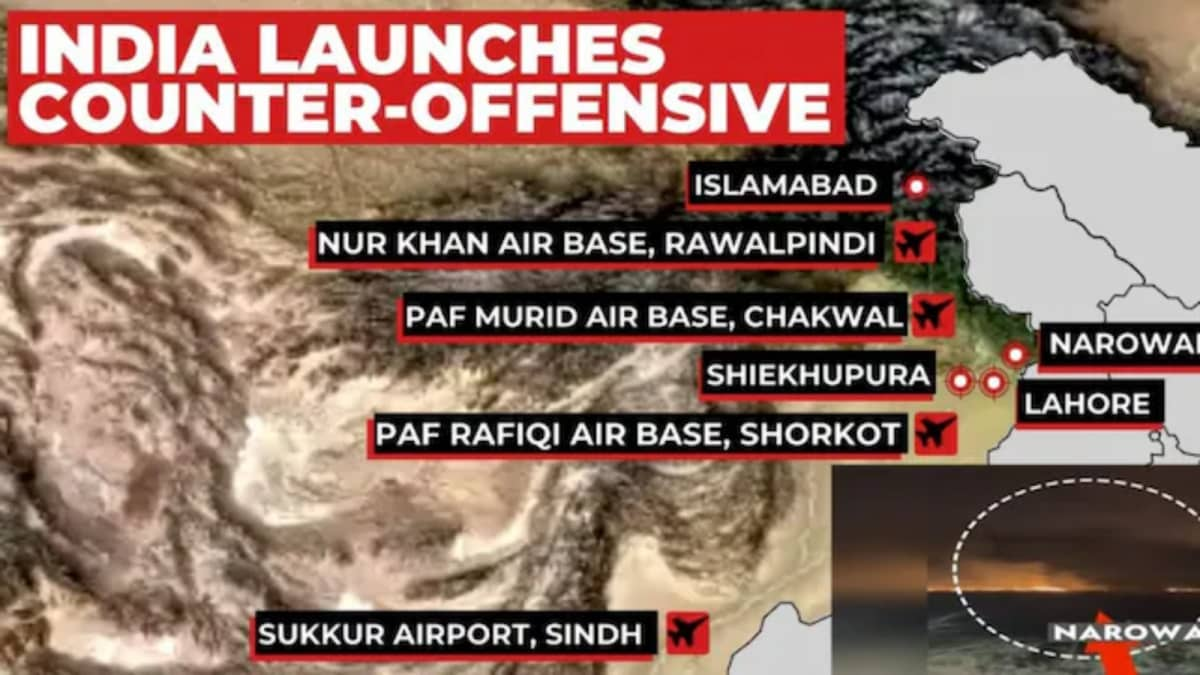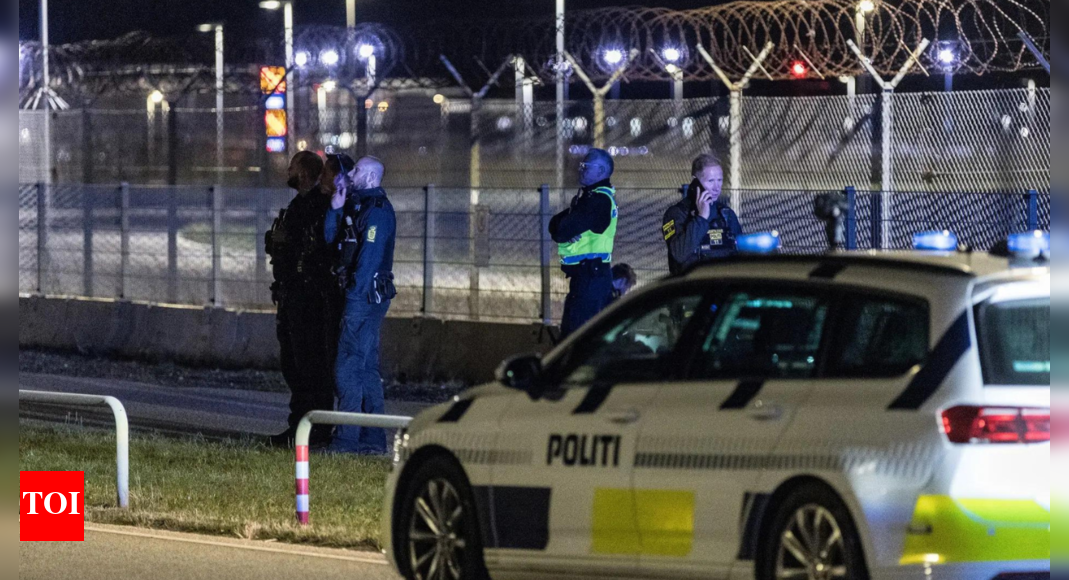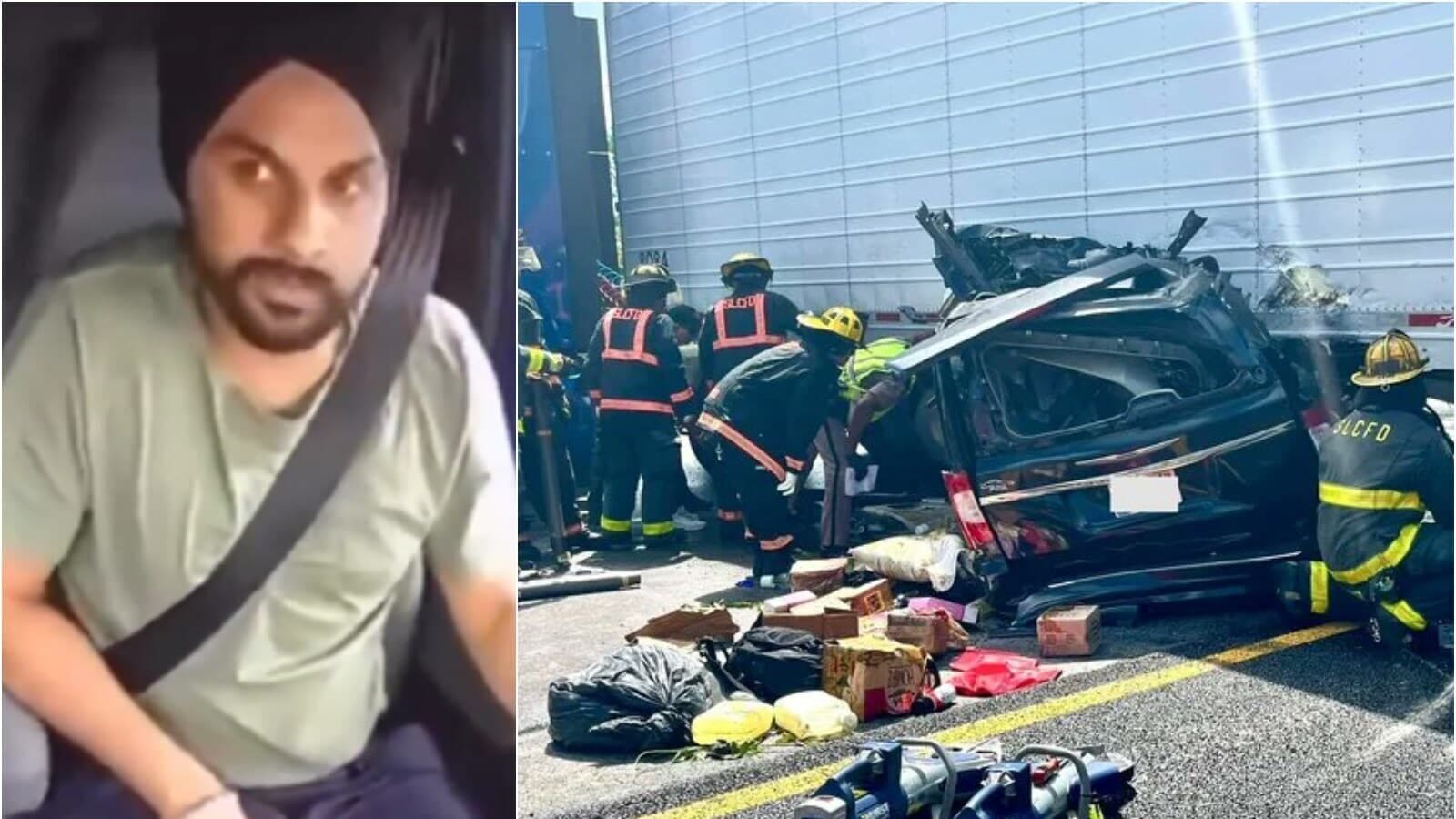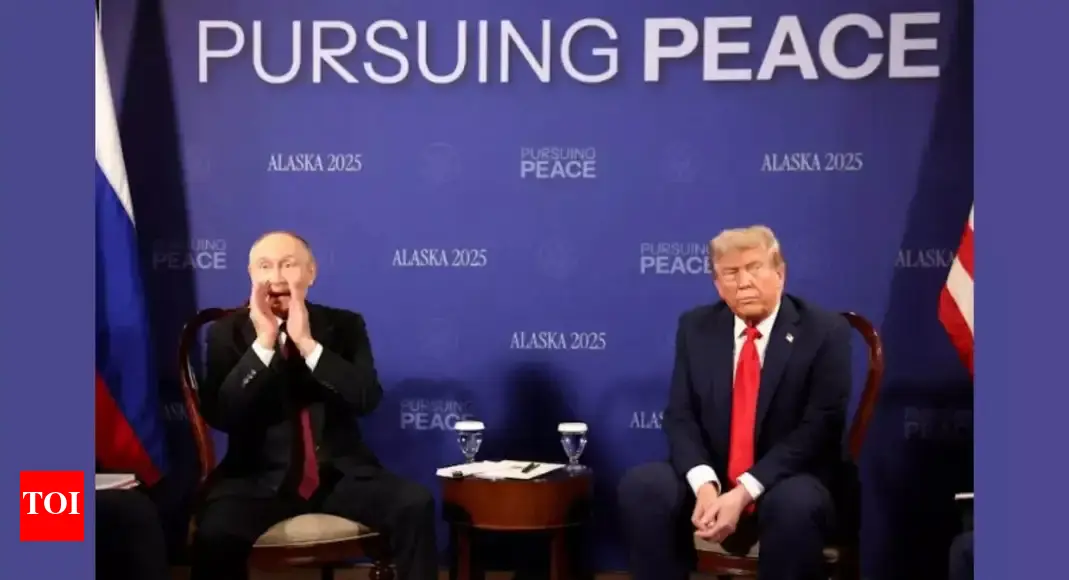Last Updated:
A New York Times report says the most significant causes for concern came to US when India hit the Nur Khan air base in Rawalpindi on Friday.

Within 90 minutes, India hit the Nur Khan Airbase in Rawalpindi, Rafiqui air base in Shorkot, Murid Airbase in Punjab, Sukkur Airbase in Sindh, the Sialkot airbase, Pasrur airstrip, Sargodha airbase, Skardu airbase, Bholari airbase near Karachi and Jacobabad airbase.
An urgent call by US Secretary of State to Pakistan Army Chief Asim Munir to get off the accelerator after firing a ballistic missile towards Sirsa, India’s massive operation to hit 10 Pakistani air bases with Brahmos, HAMMER and SCALP missiles, and the looming threat of a nuclear war — a rapid chain of these events on Friday led to a US-brokered ceasefire between India and Pakistan.
Top sources in the Indian government said India’s strikes on Friday at 10 Pakistani air bases was an operation “even bigger in scale than ‘Operation Sindoor’ on May 7″ and Pakistan realised it was exposed to “annihilation” and faced the prospect of its nuclear facilities being taken out too. India’s unprecedented attack approved by Prime Minister Narendra Modi, at a scale not even seen during earlier wars, came after Pakistan dared to fire a ballistic missile towards India which was brought down near Sirsa. But India’s missiles all hit their target, including at the Nur Khan Air Base near the Pakistan General Headquarters in Rawalpindi.
Within 90 minutes, India hit the Nur Khan Airbase in Rawalpindi, Rafiqui air base in Shorkot, Murid Airbase in Punjab, Sukkur Airbase in Sindh, the Sialkot airbase, Pasrur airstrip, Sargodha airbase, Skardu airbase, Bholari airbase near Karachi and Jacobabad airbase. The Chunian radar installation was also taken out. India fired its Brahmos missiles and HAMMER and SCALP missiles from Rafales at these big air bases — in its biggest set of attacks.
The strike on Nur Khan and Rafiqui air bases was critical as it disrupted the heart of Pakistan’s air logistics and high-level military coordination. As the Nur Khan base is closest to Islamabad, often used for VIP transport and military logistics, its neutralisation severed critical links between the Pakistan Air Force (PAF) leadership and its operational units during the conflict, sources say.
Rafiqui, a key fighter base hosting frontline combat squadrons, was rendered inoperable. The destruction of its aircraft shelters and runway infrastructure significantly weakened Pakistan’s ability to launch counter-air operations. The destruction of Sargodha was a strategic masterstroke. As the most critical base in Pakistan—home to the Combat Commanders School, nuclear delivery platforms, and elite squadrons—its decimation crippled Pakistan’s command-and-control structure.
India’s neutralisation of Skardu degraded Pakistan’s northern surveillance and air operations near the Line of Actual Control. It also disrupted logistical links that could have supported Chinese-Pakistani coordination in the high Himalayas.
These strikes showed India and Pakistan were on the verge of a nuclear war. The unprecedented call by US Secretary of State to Asim Munir showed US realised Munir was not listening to the Pakistani political leadership and calling the shots.
US President Donald Trump said India and Pakistan showed the strength, wisdom, and fortitude to “fully know and understand that it was time to stop the current aggression that could have lead to the death and destruction of so many, and so much. Millions of good and innocent people could have died!”
“Your legacy is greatly enhanced by your brave actions. I am proud that the USA was able to help you arrive at this historic and heroic decision,” Trump said.
What Happened Then?
CNN says it is then that US Vice President JD Vance called up Indian Prime Minister Narendra Modi. As per a CNN report, Vance made it clear to Modi that the White House believed there was a high probability for dramatic escalation and encouraged him to have his country communicate with Pakistan directly and to consider options available for de-escalation. The US Secretary of State Marco Rubio got the phones working with the Pakistani side as well, including the crucial call to the Pakistani Army Chief Asim Munir.
A New York Times report says the most significant causes for concern came to US when India hit the Nur Khan air base in Rawalpindi on Friday. “The base is a key installation, one of the central transport hubs for Pakistani’s military and home to the air refueling capability that would keep Pakistani fighters aloft. But it is also just a short distance from the headquarters of Pakistan’s strategic Plans division, which oversees and protects the country’s nuclear arsenal,” says the NYT report.
- First Published:




